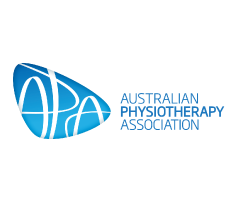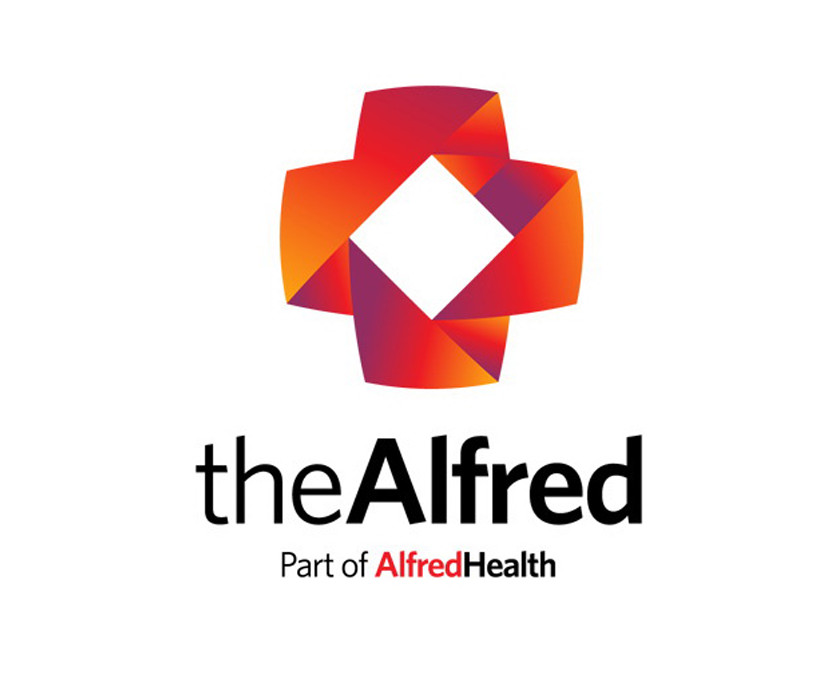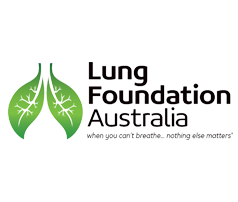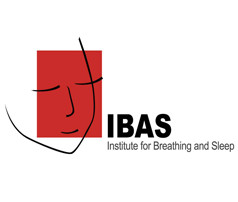Assisted Autogenic Drainage in Children
Assisted Autogenic Drainage (AAD) is based upon the principles of Autogenic Drainage (see Autogenic Drainage section) and used in infants and younger patient groups.
By placing the hands on the child’s chest, the therapist manually increases the expiratory flow to achieve the different lung volume breathing (Fig. 1)
AAD is carried out in a gentle and progressive way, using the patient’s breathing pattern. It can be combined with bouncing (gentle up and down movement) on a fit ball, to relax the patient and to enhance the expiratory air velocity. The patient sitting upright is correctly supported, avoiding a slumped sitting position which may in turn predispose to gastro-oesophageal reflux (GOR) during treatment.
AAD is not always the first choice of airway clearance techniques for infants and children

Prescription for Paediatrics
The technique is performed in supine or an upright position avoiding any slumped posture
The therapist or carer places their hands around the chest wall
A gentle increase of manual pressure on the chest wall during each inspiration is performed. In fact the hands gradually restrict the inspiration (breath in) level to stimulate the patient to exhale slightly more than the previous breath in
During expiration gently follow the breathing movement of the patient
No thoracic compression or excessive force is applied, which could lead to a resisting response by the patient. Feedback plays a key-roll, feeling or hearing the secretions move while avoiding any early or abnormal airway compression or closure
Approximately 3 to 5 AAD’s are carried out in a sequence
AAD must never be uncomfortable or upsetting for the child
Disadvantages
Requires enormous amount of patience by the therapist or carer and the child
The patient has to remain still for a period of time for the technique to be effective
AAD can be a very difficult technique to use on younger children
AAD can be a difficult technique to teach carers








